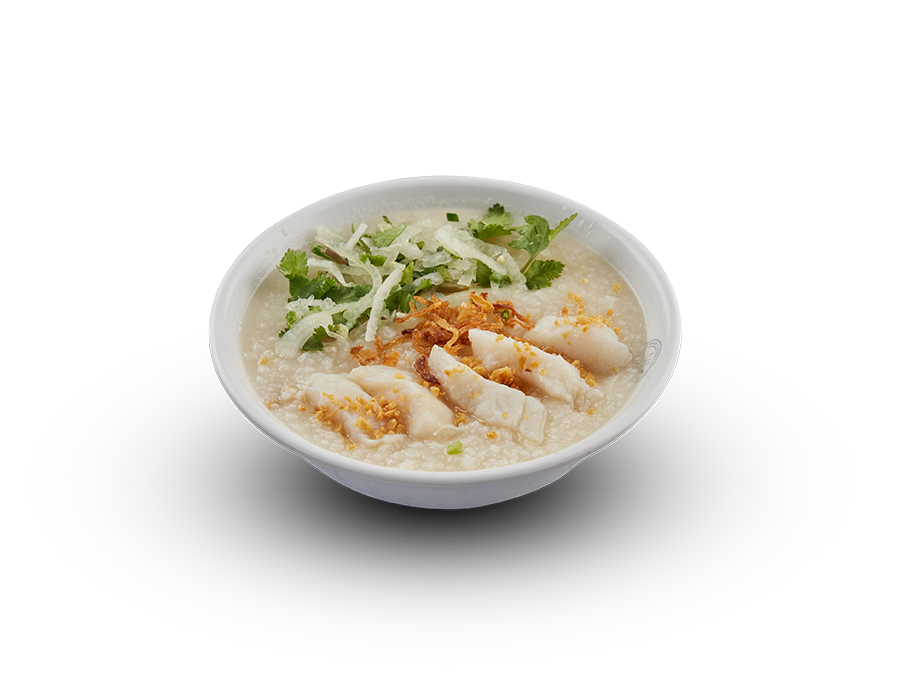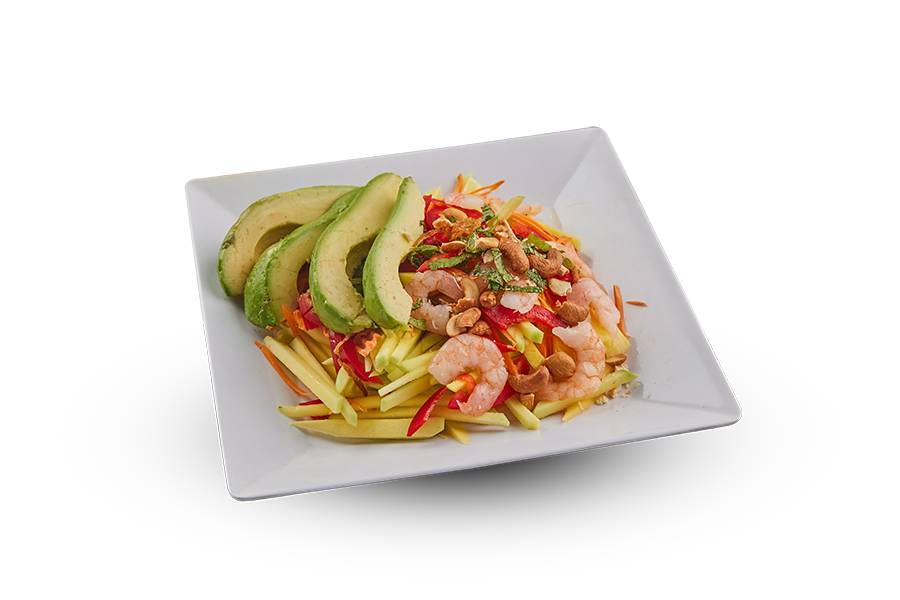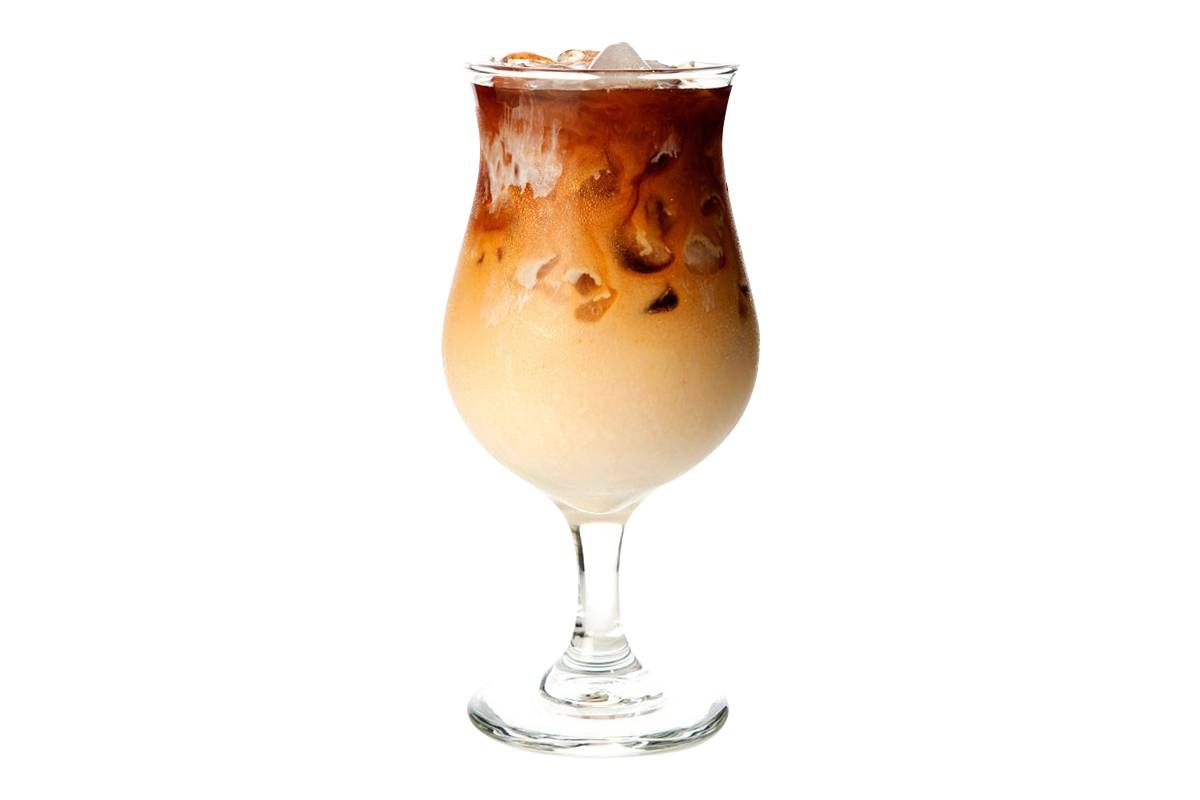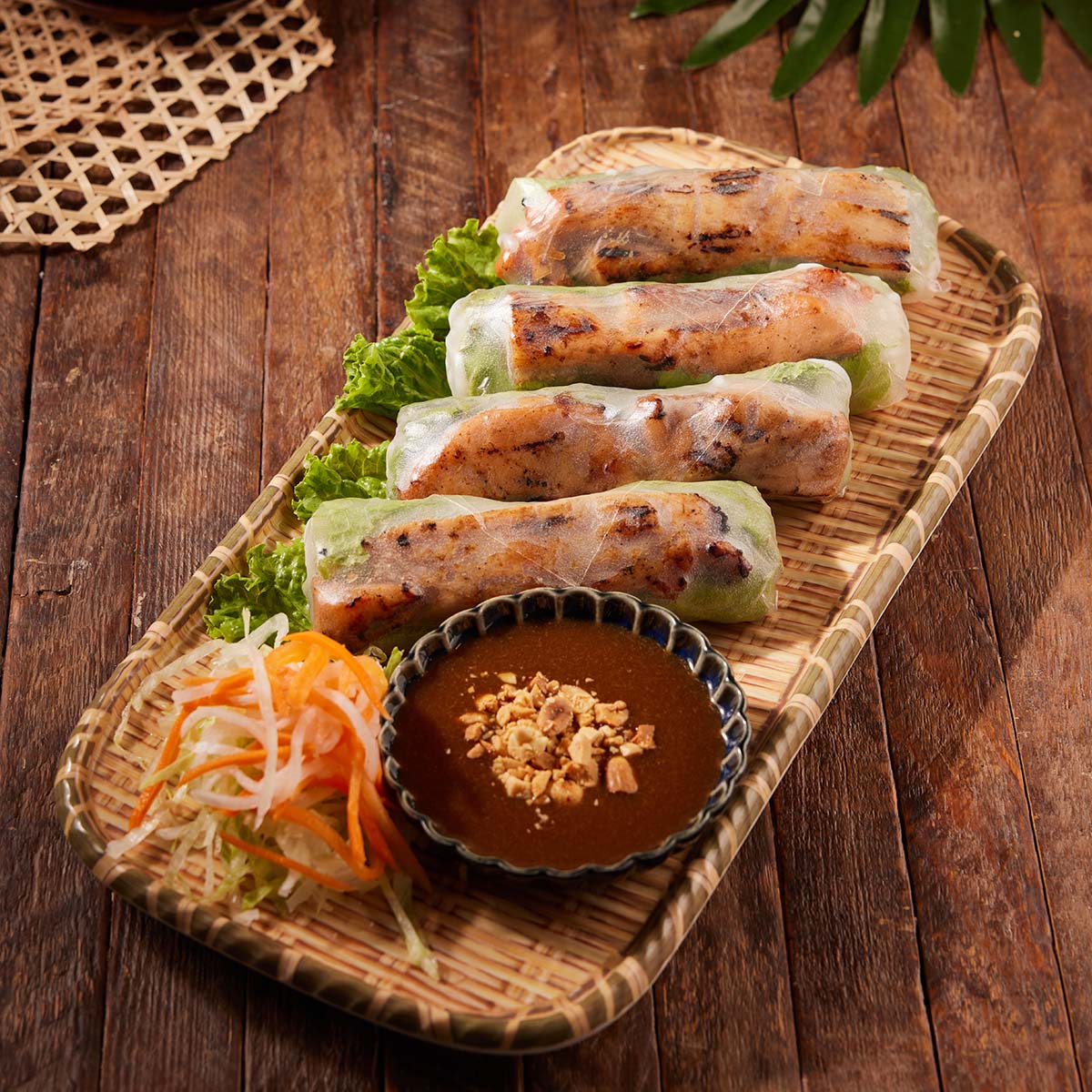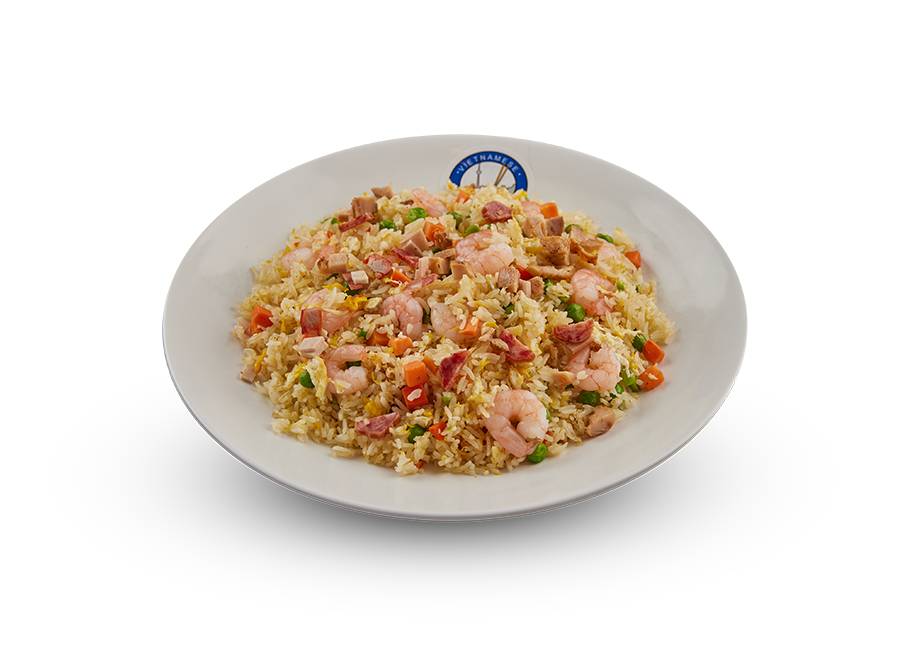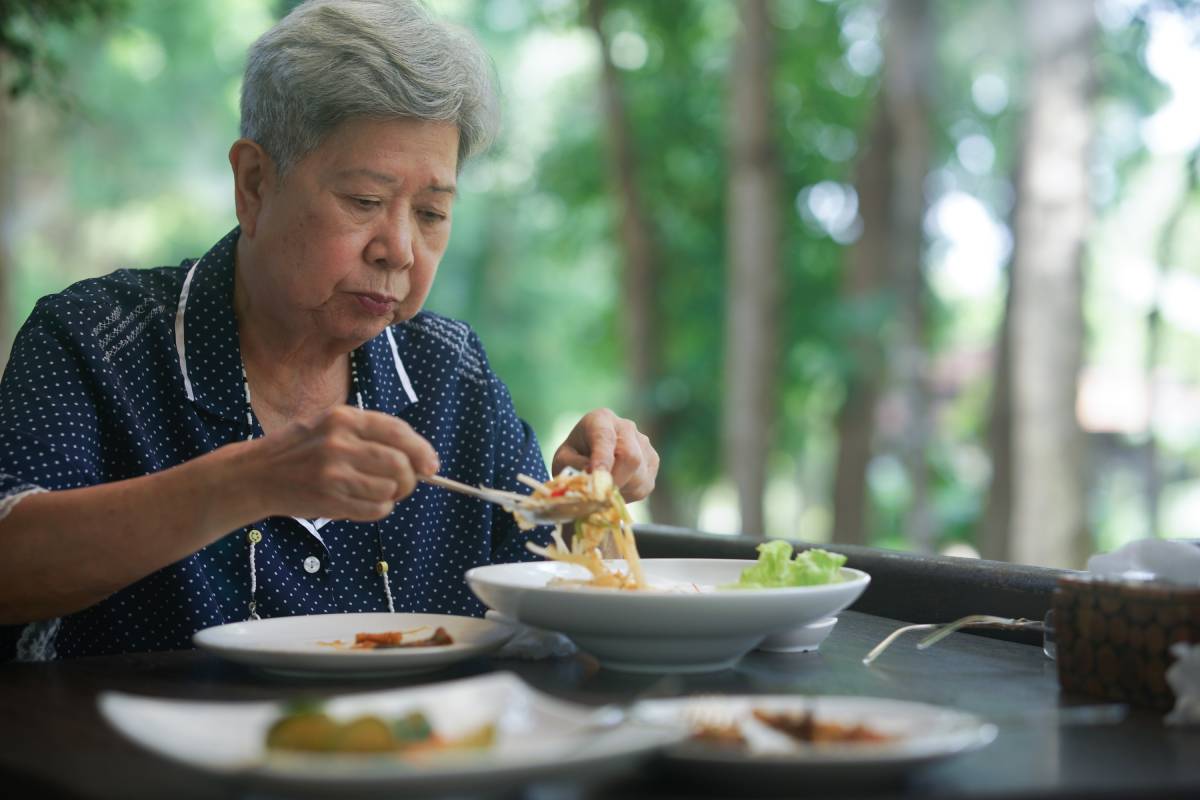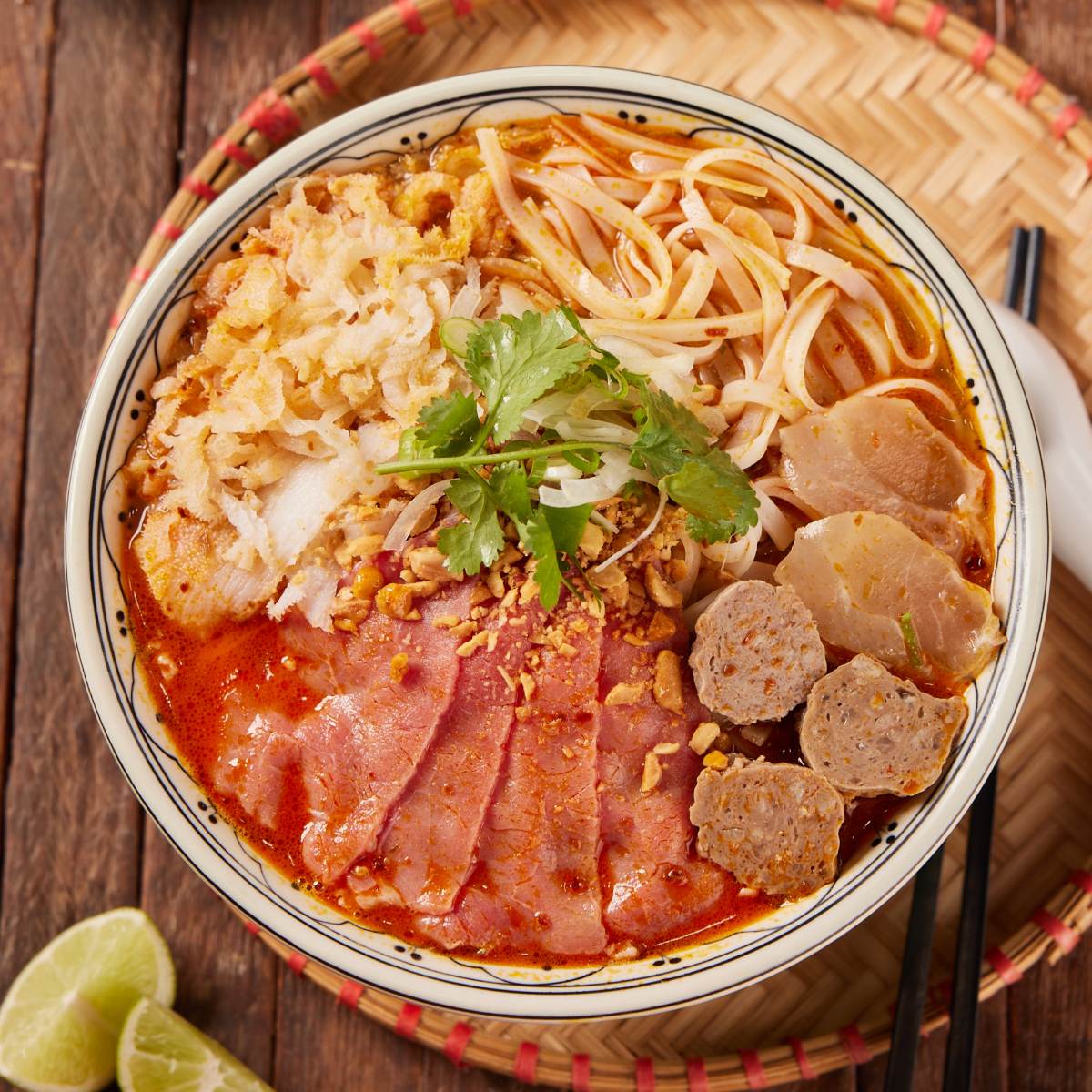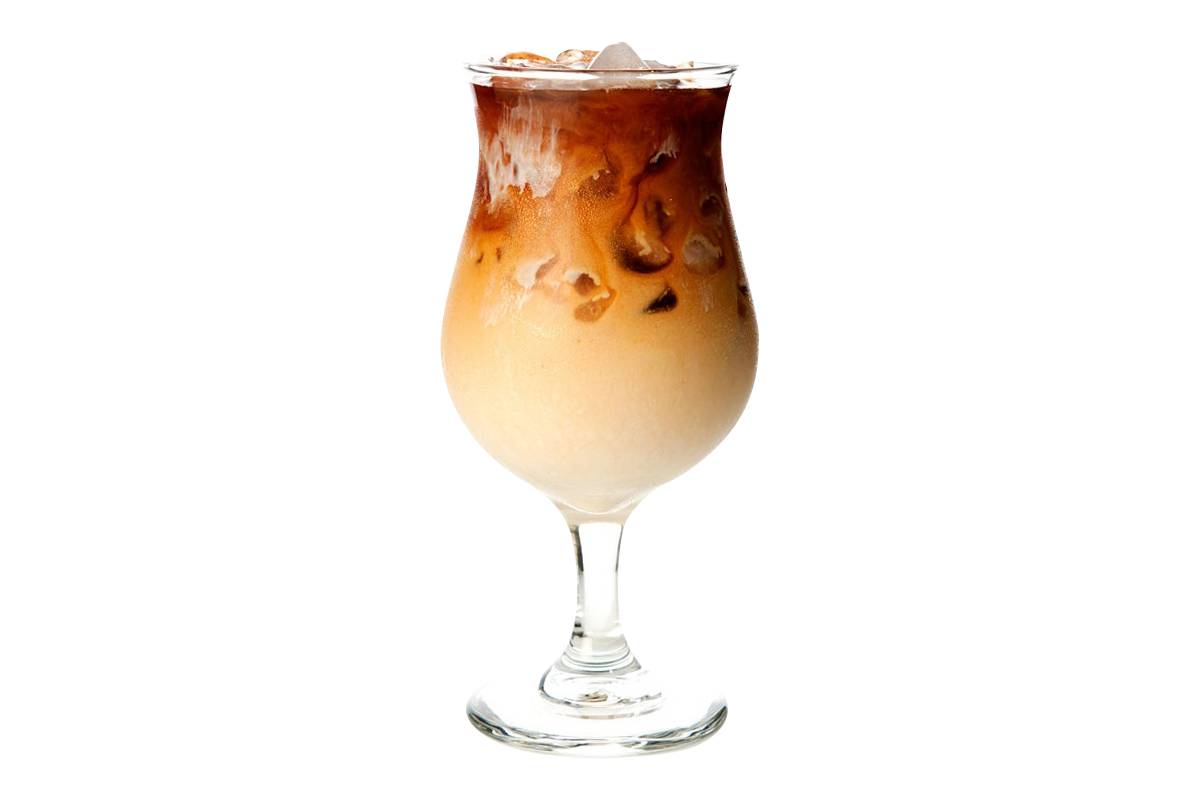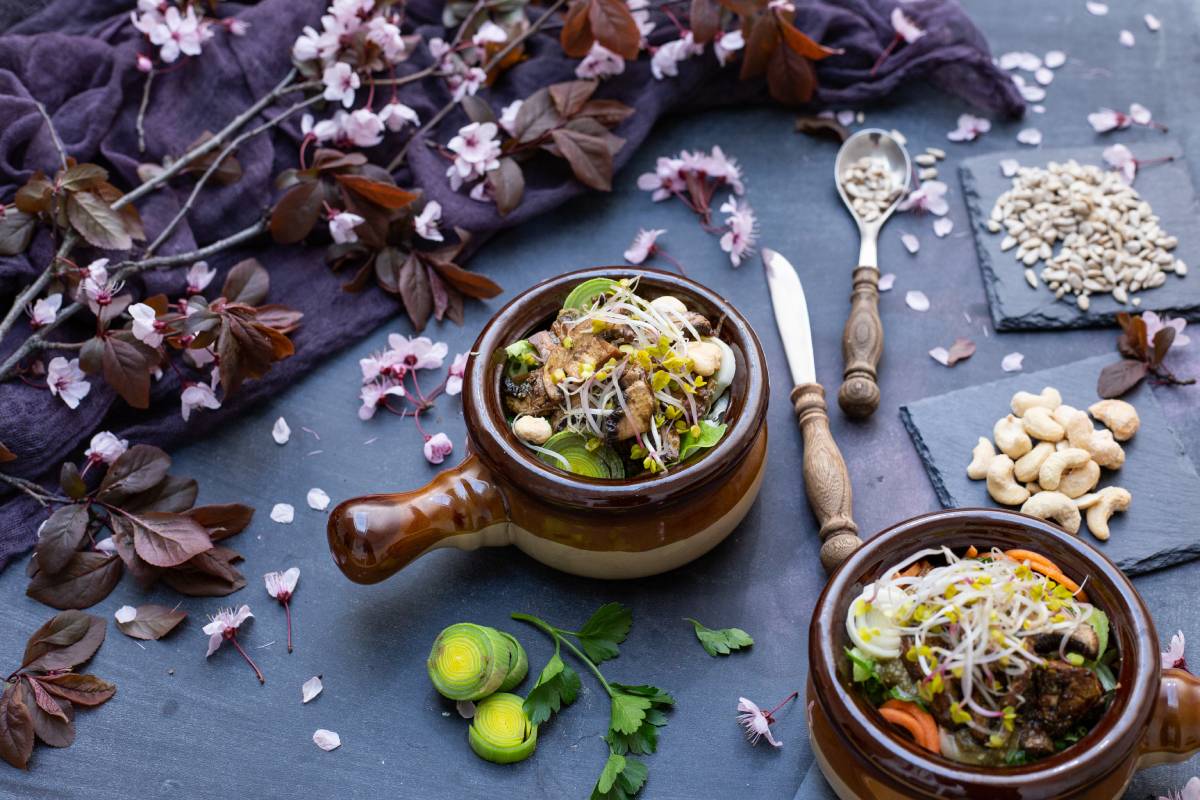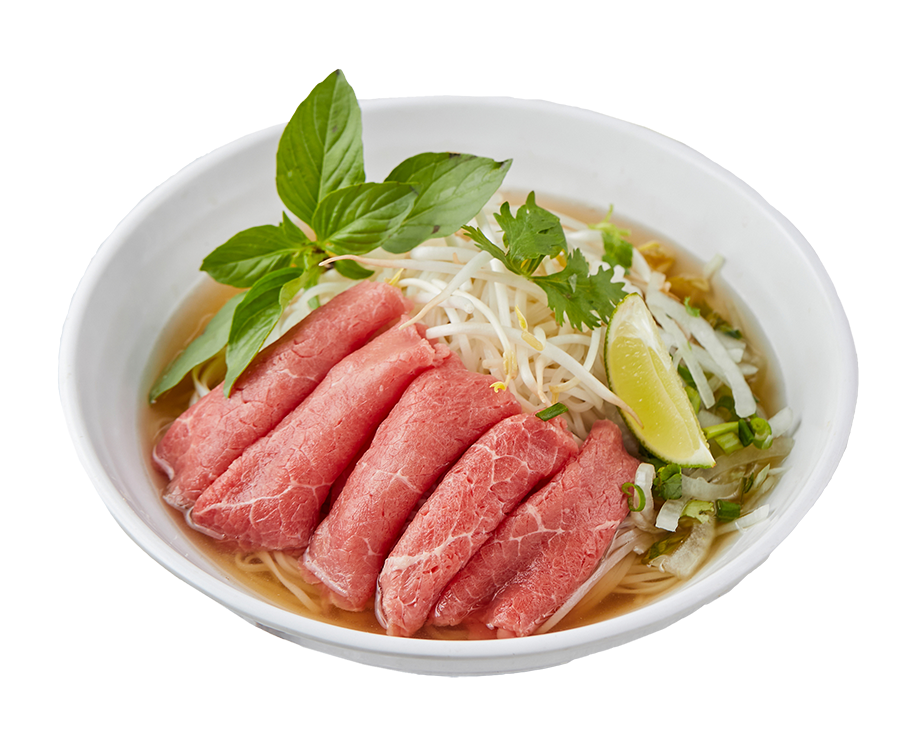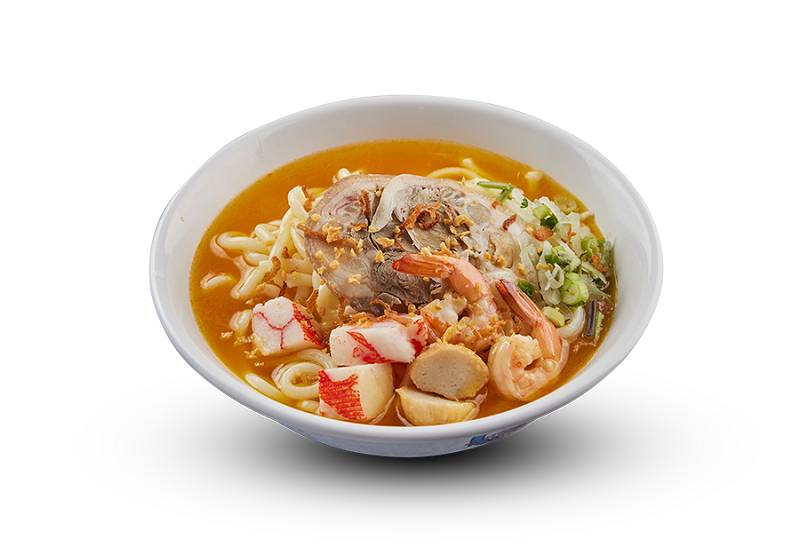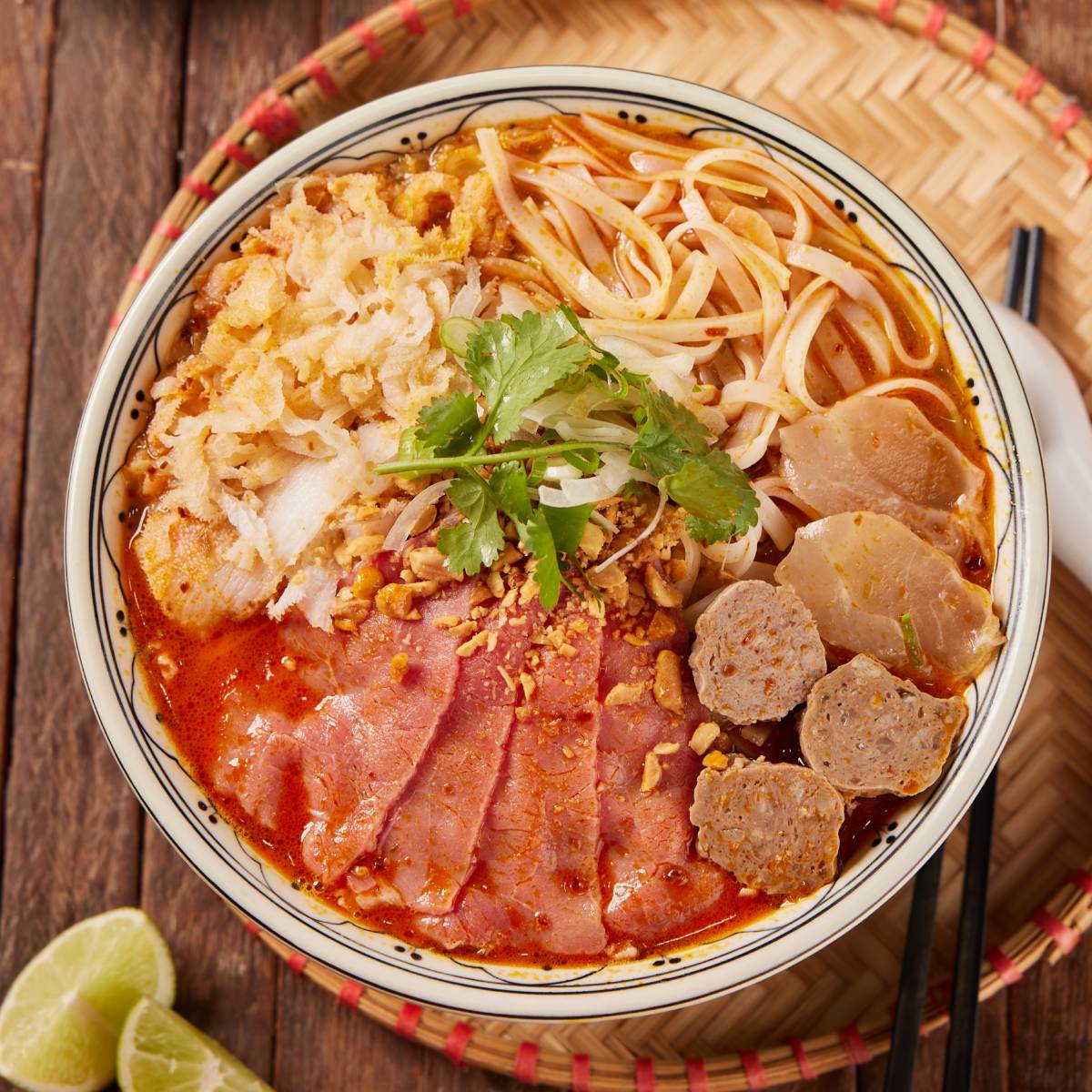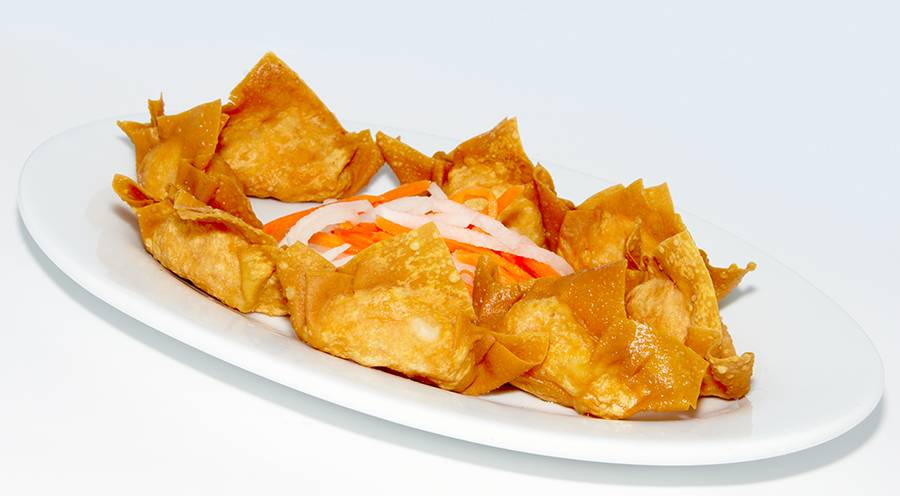What Is Fish Congee?
Congee is essentially a rice porridge that has been cooked with an excess amount of water or broth, turning the rice into a thick, smooth, and creamy consistency. Fish congee specifically uses fish to add protein and flavor, creating a unique combination of soft rice, tender fish, and a savory broth.
In Vietnamese cuisine, Cháo Cá is commonly made with white fish, such as tilapia, cod, or catfish, and is often flavored with ginger, garlic, green onions, and fresh herbs. The dish is also seasoned with fish sauce and garnished with fried shallots, cilantro, or sliced chili for an extra kick.
Why Make Fish Congee at Home?
Fish congee is a versatile dish that can be customized to suit your preferences. Making it at home gives you the flexibility to choose the ingredients, control the seasoning, and adjust the texture to your liking. Plus, it’s a great way to use up leftover rice or fish, turning them into a satisfying and nourishing meal.
Here are a few reasons why you might want to make fish congee at home:
- Comfort Food: Cháo Cá is soothing and gentle on the stomach, making it perfect for when you need a comforting and light meal.
- Nutritious: Fish is rich in protein, omega-3 fatty acids, and essential vitamins, making this dish both delicious and healthy.
- Easy to Digest: Because of its soft, porridge-like texture, congee is easy to digest, making it a popular choice for young children, the elderly, or anyone recovering from illness.
- Customizable: You can adjust the seasoning, thickness, and toppings to your taste, making it a highly versatile dish.
Now that you understand the basics of fish congee, let's dive into the recipe!
Fish Congee (Cháo Cá) Recipe
Ingredients:
To make Fish Congee, you’ll need the following ingredients:
For the Congee:
- 1 cup of jasmine rice (or any other long-grain white rice)
- 8-10 cups of water or chicken broth (for cooking the congee)
- 500g (1 lb) of white fish fillets (tilapia, cod, or catfish work well)
- 2-3 slices of ginger
- 2 garlic cloves, minced
- 1-2 tablespoons of fish sauce (for seasoning)
- 1 tablespoon of soy sauce (optional)
- 1 teaspoon of salt
- 1 teaspoon of sugar
- 1-2 teaspoons of white pepper (for seasoning)
For the Garnish:
- Fresh cilantro, chopped
- Green onions, finely sliced
- Fried shallots (optional)
- Lime wedges (for squeezing over the top)
- Sliced chili (optional, for heat)
Optional Ingredients:
- Mushrooms (shiitake or oyster mushrooms can add extra texture and flavor)
- Century eggs or salted eggs (optional, traditional congee add-ons)

Step-by-Step Instructions:
Step 1: Prepare the Rice
The first step in making congee is preparing the rice. You can use either freshly cooked or leftover rice, depending on what you have on hand.
- Wash the rice: If using raw rice, rinse it under cold water a few times to remove excess starch. This helps prevent the rice from becoming too sticky.
- Cook the rice: In a large pot, combine the rice with 8-10 cups of water or chicken broth. The more liquid you add, the thinner the congee will be. Bring the mixture to a boil over medium heat.
Step 2: Cook the Congee
Once the rice has been brought to a boil, reduce the heat to low, cover the pot, and let it simmer. Stir occasionally to prevent the rice from sticking to the bottom.
- Simmer the rice: Let the rice cook slowly for about 45 minutes to an hour, or until the rice has broken down and the mixture has thickened into a porridge-like consistency. If the congee becomes too thick, you can add more water or broth to achieve your desired texture.
- Season the congee: Add 1 teaspoon of salt, a pinch of sugar, and 1-2 slices of ginger to the congee for flavor. Stir well and let it continue to simmer.
Step 3: Prepare the Fish
While the congee is simmering, you can prepare the fish fillets.
- Marinate the fish: Season the fish fillets with a little bit of salt, pepper, and a splash of fish sauce. Let the fish marinate for about 10-15 minutes while the congee is cooking.
- Poach the fish: In a separate pot, bring water to a gentle simmer and poach the fish fillets for 5-7 minutes, or until they are cooked through. You can also steam the fish if you prefer.
Step 4: Add Fish to the Congee
Once the fish is cooked, gently flake it into small pieces using a fork. Be careful not to over-handle the fish, as it can become too delicate and break apart.
- Add fish to the congee: Once the rice has reached the desired consistency, stir in the flaked fish, minced garlic, and fish sauce (1-2 tablespoons, or to taste). You can also add soy sauce if you want a deeper flavor.
- Adjust seasoning: Taste the congee and adjust the seasoning by adding more salt, fish sauce, or white pepper if needed.
Step 5: Garnish and Serve
Fish congee is traditionally served with a variety of fresh garnishes that add texture, flavor, and brightness to the dish.
- Garnish the congee: Ladle the fish congee into bowls and top with chopped cilantro, green onions, fried shallots, and a squeeze of lime juice. If you like a bit of heat, add some sliced chili.
- Serve hot: Fish congee is best enjoyed piping hot. Serve it with extra lime wedges and fish sauce on the side, so each person can adjust the flavor to their preference.
Tips for Making the Perfect Fish Congee
While the basic recipe for fish congee is straightforward, here are some additional tips to help you make the best possible version of this comforting dish:
- Use fresh fish: For the best flavor, use fresh fish fillets. White fish such as tilapia, cod, or catfish work well in congee, but you can also experiment with other fish varieties.
- Control the texture: The texture of congee is a matter of personal preference. If you like a thicker congee, use less liquid and cook the rice longer. For a thinner congee, add more water or broth as needed.
- Add depth with broth: Using chicken or fish broth instead of water will add extra flavor to the congee. If you don’t have homemade broth, store-bought options work just as well.
- Flavor layering: Don’t be afraid to add more flavor with ginger, garlic, and fish sauce. These ingredients help give the congee its signature savory and aromatic taste.
- Garnish generously: Fresh herbs, fried shallots, and lime juice are essential garnishes that brighten the dish and add texture. Feel free to add more or less depending on your taste.
Variations of Fish Congee
Cháo Cá can be customized in many ways, depending on your preferences and the ingredients you have on hand. Here are some variations you can try:
-
Seafood Congee
Instead of just using fish, you can add a variety of seafood such as shrimp, scallops, or squid for a richer, more luxurious version of congee. Simply poach or steam the seafood separately and add it to the congee in the final steps.
-
Vegetable Congee
For a lighter version, you can add vegetables like carrots, mushrooms, or spinach to the congee. These ingredients will add extra nutrients and flavor, making the dish even more wholesome.
-
Spicy Fish Congee
If you like your food with a bit of a kick, try adding sliced chili or a drizzle of chili oil to the congee. You can also incorporate fresh ginger and pepper into the broth for a warming, spicy flavor.
-
Herbal Fish Congee
In traditional Chinese medicine, herbs like ginseng, goji berries, or Chinese dates are sometimes added to congee for their health benefits. Adding these ingredients can give your congee a slightly different flavor and a boost in nutrition.
Nutritional Benefits of Fish Congee
Fish congee is not only delicious but also packed with nutrients that support a healthy diet. Here are some of the key benefits:
- High in Protein: Fish is an excellent source of lean protein, which is essential for building and repairing tissues in the body.
- Rich in Omega-3s: Many types of fish, particularly fatty fish like salmon or mackerel, are rich in omega-3 fatty acids, which support heart health and reduce inflammation.
- Low in Fat: Fish congee is typically low in fat, especially when made with lean white fish. This makes it a great option for those looking for a light and healthy meal.
- Gentle on the Stomach: Congee is easy to digest, making it a perfect dish for anyone recovering from illness or experiencing digestive issues.
To Sum Up
Fish congee, or Cháo Cá, is a comforting and versatile dish that can be enjoyed by people of all ages. Whether you’re looking for a light meal to soothe an upset stomach, a nutritious dinner, or a dish that can be customized to your taste, Cháo Cá is the perfect choice. With its simple ingredients and straightforward preparation, making fish congee at home is easy and rewarding.
By following the steps outlined in this guide, you’ll be able to create a delicious, heartwarming bowl of fish congee that your family and friends will love. Don't hesitate to experiment with different types of fish, garnishes, and additional ingredients to make the dish your own. So, grab your ingredients and start cooking – a comforting bowl of Cháo Cá awaits!
Here are some delicious food and drinks to try when ordering from PHO restaurants in Toronto:
Fish Sauce Chicken Wing (Cánh Gà Chiên Nước Mắm)
Fried Spring Rolls with Fish Sauce (Chả Giò)
Marinated Fish with Steamed Rice (Cá Kho Tộ)
Stir Fried Soft Egg Noodle with Assorted Meat and Seafood (Mì Xào Mềm Thập Cẩm)
Stir Fried Crispy Egg Noodle with Seafood (Mì Xào Giòn Đồ Biển)
Stir Fried Vegetable with Seafood (Cơm Rau Cải Xào Đồ Biển)

